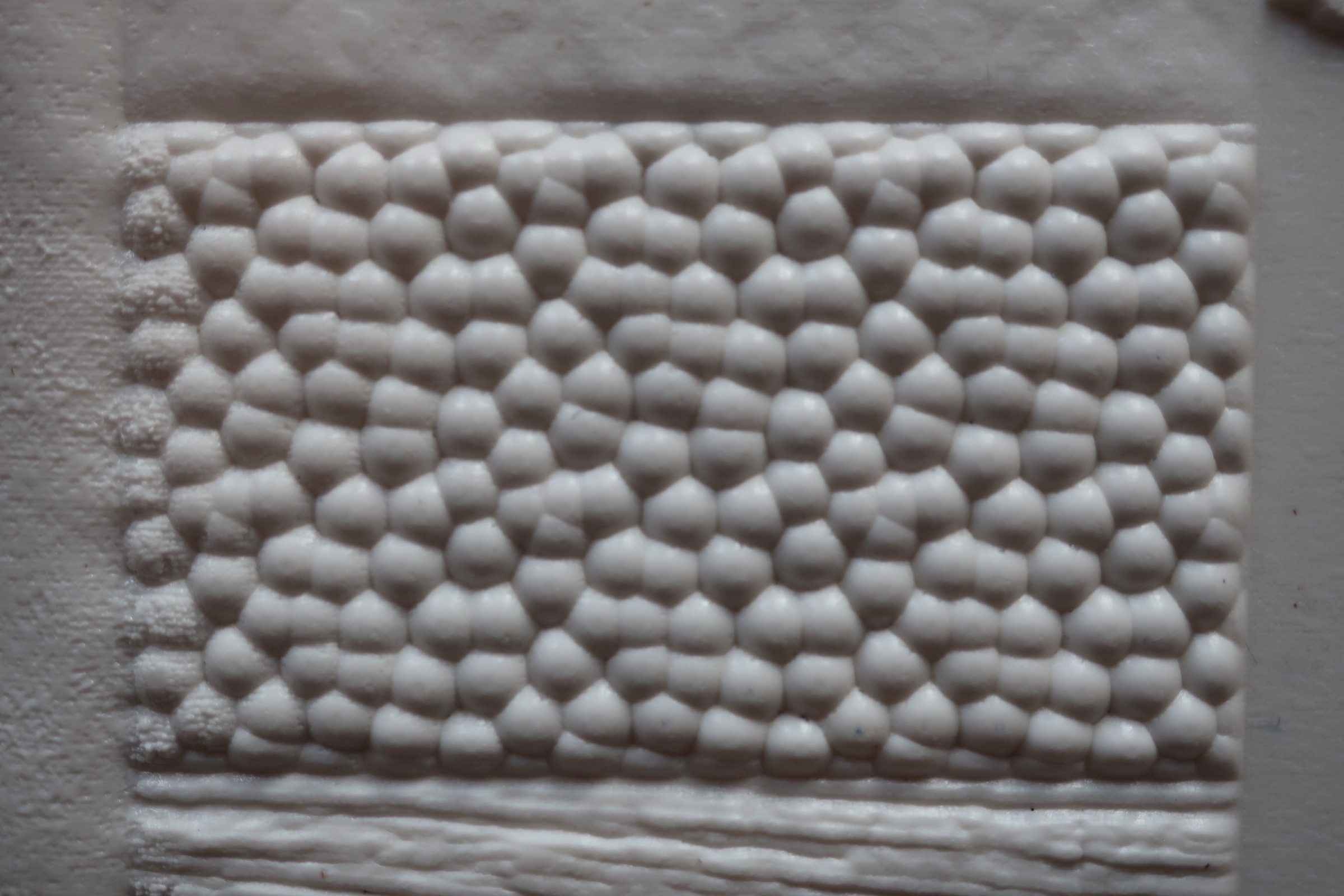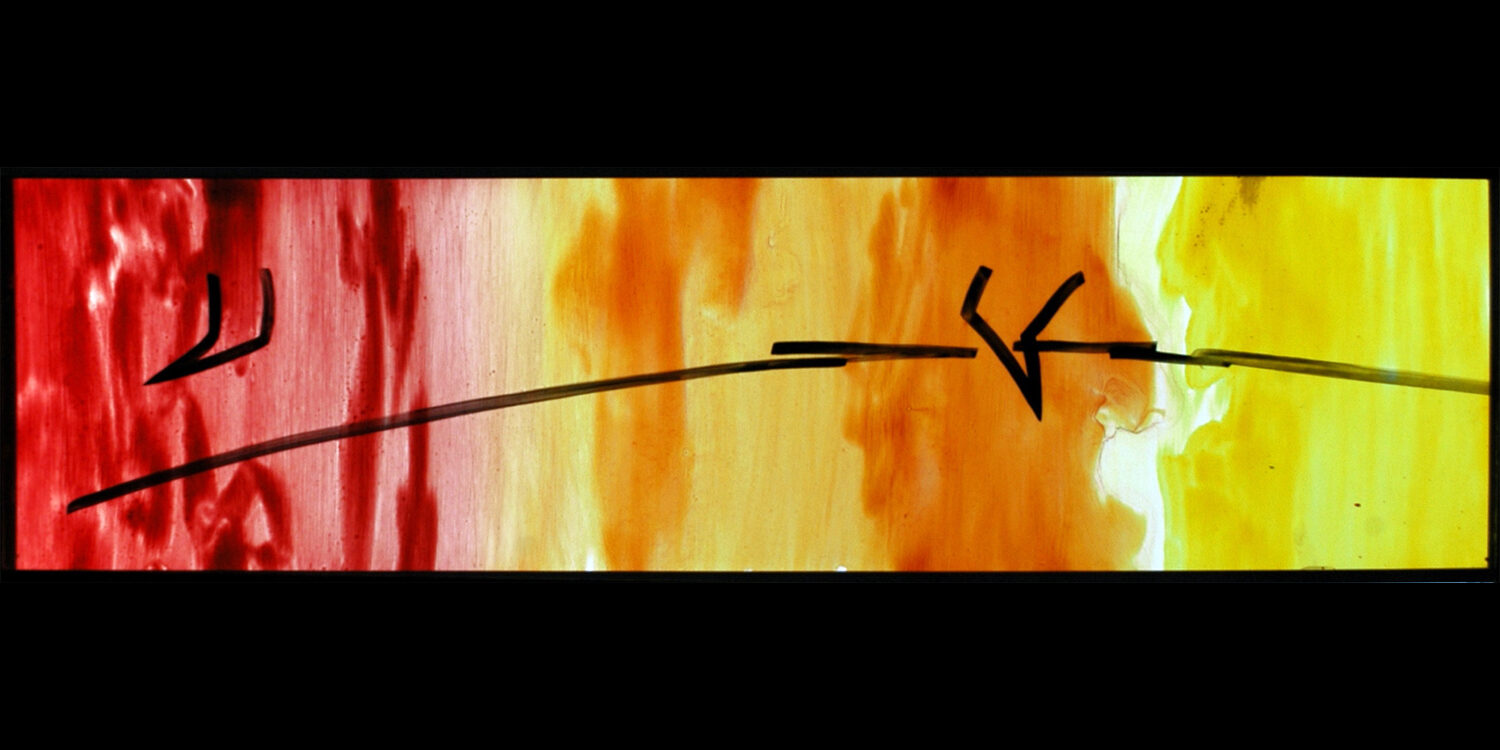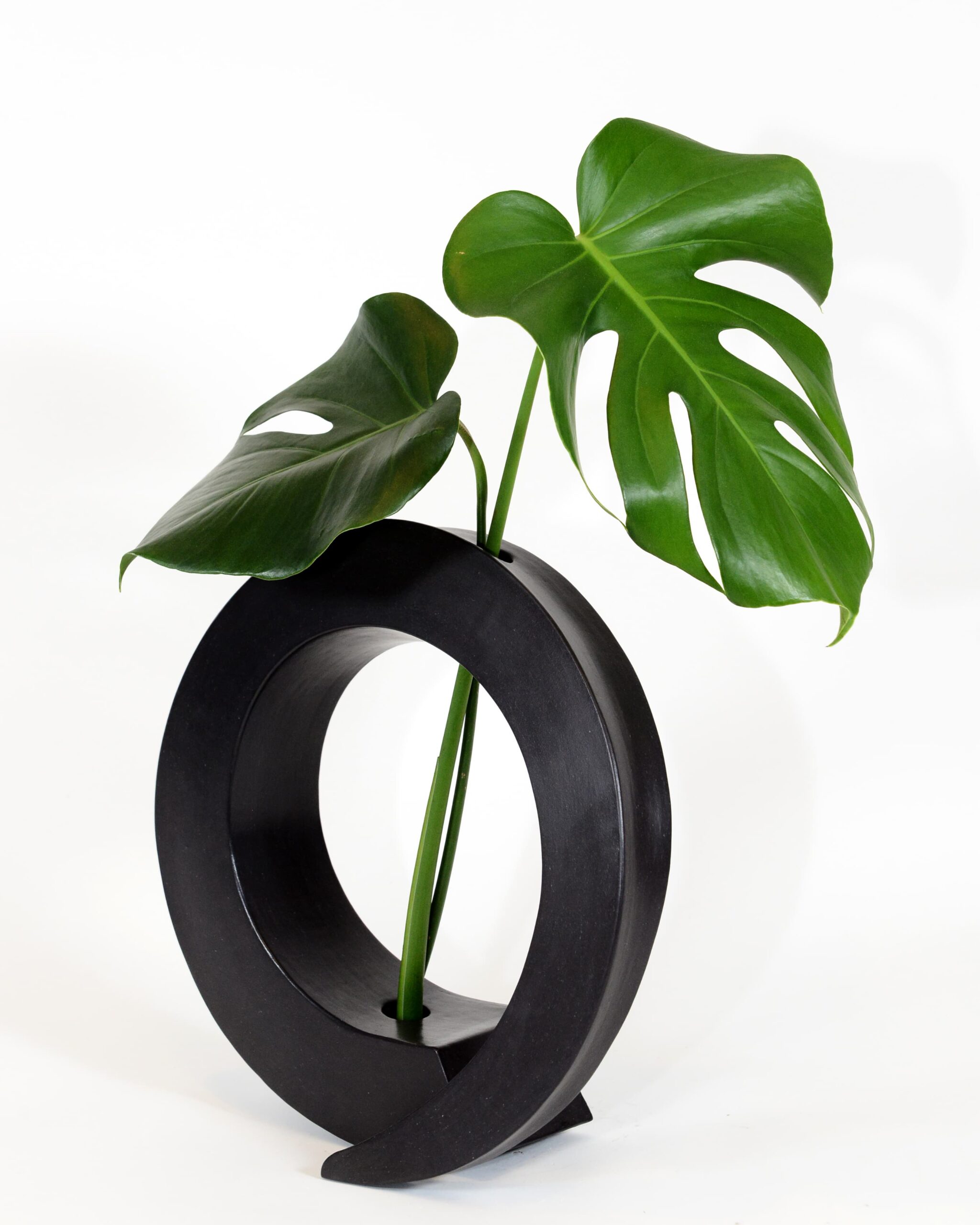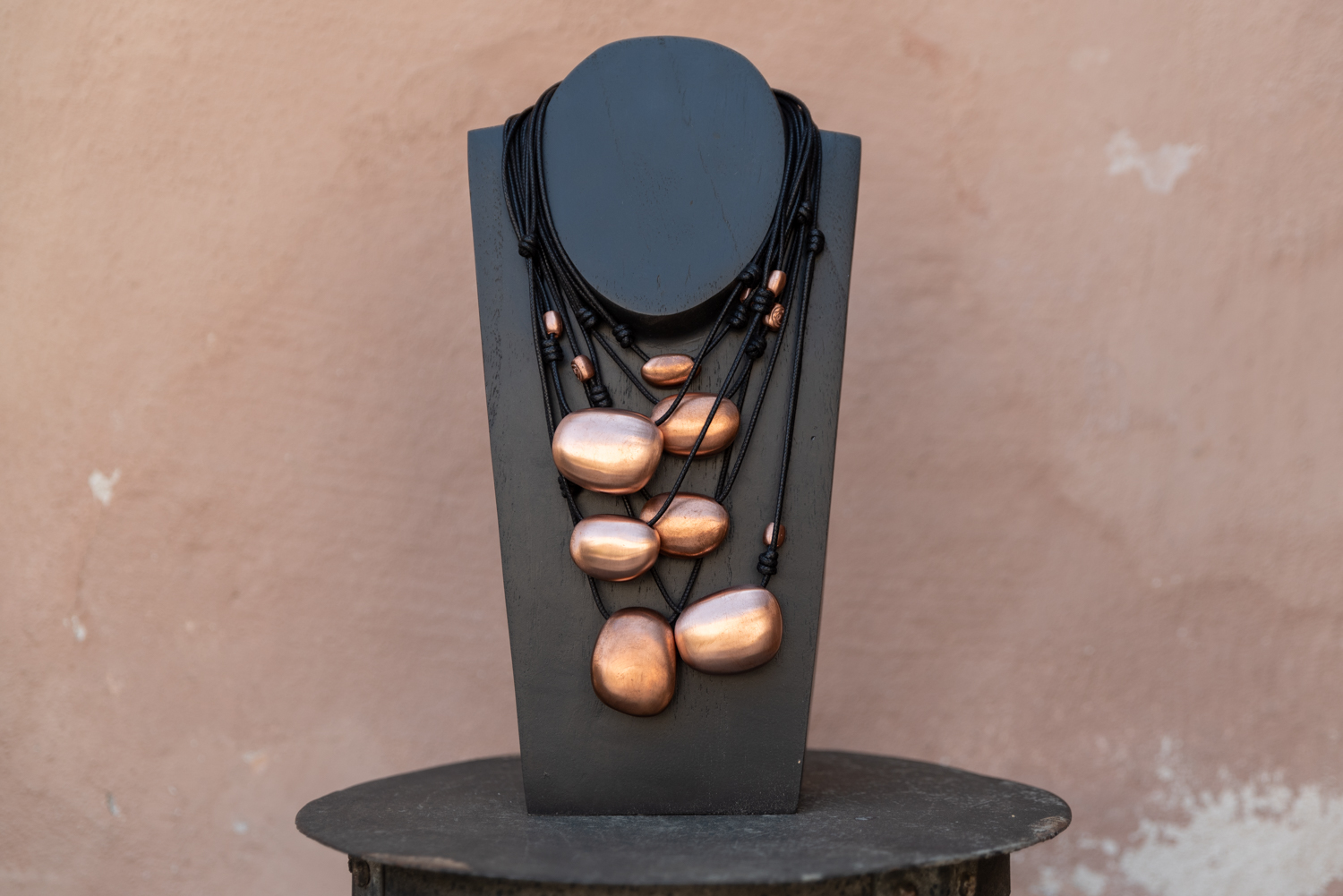Properties & Qualities
Application
Sample making
Qualities
Textured / tactile Translucent
Color
White
Sample Information
Date of Creation
2010
Culture & Context
The series of experiments was part of a bigger project exploring the potentials of thermoplastic fibre composites for design purposes and considering visual and aesthetic attributes. This to challenge the otherwise commonly used thermo-setting fibre composites predominantly used in e.g. wind turbines and to demonstrate alternative use scenarios.
Part of this was to explore how to incorporate surface structures and create lively surfaces on the otherwise flat and rigid materials. The experiments played with the surface structures through e.g. shape and depth and thereof ability to be ‘filled’ when being consolidated, ability to mimic the negative structures in the mould, but also if/how a structure affected translucency of the samples.
Process & Production
The samples were produced through press consolidation in a thermo-press process using a lay-up of four layers of cotton plain-weave textile and eight layers of PLA sheets.
More information about the process can be found here: Hasling, K.M. (2011). Visual Bio-composites – Establishing New Conditions for an Old Material. In: Hallnäs (ed). Proceedings of Ambience ’11, pp. 152-157.
The used pressing mould included six different engraved surface structures:
- Mesh
- Stone
- Bobbles
- Wood
- Particles
- Leaves
In the series, the same mould was used with three different lay-ups of respectively cotton plain-weave textile and PLA sheets:
- Unbleached cotton + transparent PLA
- Bleached cotton + transparent PLA
- Bleached cotton + white PLA
The samples were produced at the Material section at DTU Risø, as part of an Master’s project from Design & Innovation Engineering from the Technical University of Denmark.
Credits
Craft Maker
Karen Marie Hasling
Library Contributor
Designskolen Kolding
Photographer
Karen Marie Hasling



















